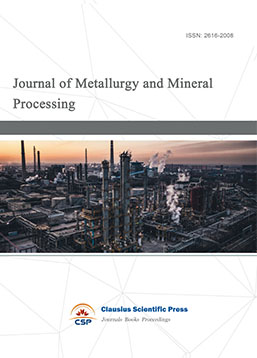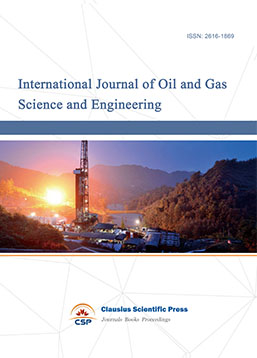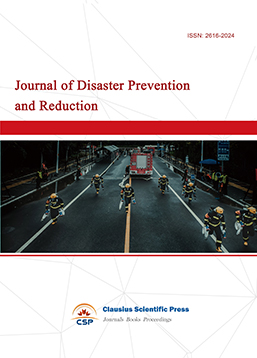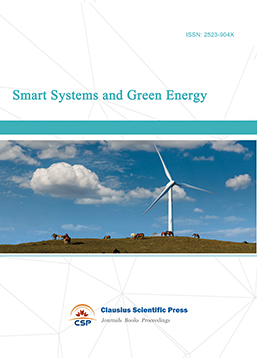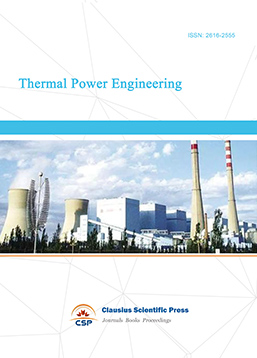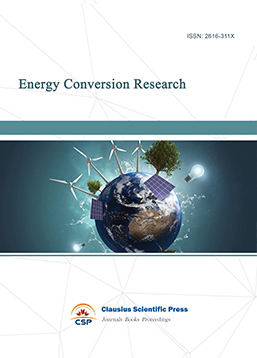Betweenness-Based Method to Identify Critical Provincial Carbon Transport Sectors in the Yellow River Basin and Explore Spatiotemporal Evolution Driving Factors
DOI: 10.23977/fpes.2024.030103 | Downloads: 24 | Views: 1711
Author(s)
Ruixi Zhu 1
Affiliation(s)
1 School of Management, China University of Mining and Technology, Beijing, 100091, China
Corresponding Author
Ruixi ZhuABSTRACT
Identifying key provincial sectors and their influencing factors is of significant importance for driving precise carbon reduction policies and achieving the "dual carbon" goals. Previous studies have typically identified key sectors either from the production and consumption sides, aiming to pinpoint those sectors directly or indirectly responsible for significant carbon emissions, while the perspective of betweenness has been neglected. This paper proposes a framework based on betweenness centrality and identifies key carbon-emitting sectors at the inter-provincial level in the Yellow River Basin for the years 2012, 2015, and 2017. The results indicate that both production-based and consumption-based approaches overlook certain crucial provincial transmission sectors, such as Inner Mongolia's coal mining and selection products and Henan's chemical product manufacturing sectors. Over the years, these sectors2 have emitted significant amounts of carbon dioxide within the supply chain. From an industry perspective, the focus on carbon emissions has gradually shifted from heavy industries such as chemical product manufacturing and metal smelting and rolling processing to light industries such as water production and supply. From the perspective of provincial departments, the chemical products manufacturing industry in Shandong, as well as the metal smelting and rolling processing industry in Shandong, Inner Mongolia, Shanxi, and Henan provinces, are considered key sectors for carbon reduction. Meanwhile, the water production and supply industries in Sichuan, Henan, Inner Mongolia, Shanxi, and Shandong provinces are regarded as critical sectors for carbon increase. Furthermore, input-output technology is the primary factor causing changes in CO2 emissions from sectors. Building upon this foundation, we propose several policy recommendations, such as closely monitoring the production efficiency of key sectors, optimizing the structure of intermediate input, and enhancing energy utilization efficiency, thereby reducing carbon dioxide emissions.
KEYWORDS
CO2 Emissions, Multi-Regional Input-Output Model, Betweenness-Based Method, Yellow River Basin, Structural Decomposition AnalysisCITE THIS PAPER
Ruixi Zhu, Betweenness-Based Method to Identify Critical Provincial Carbon Transport Sectors in the Yellow River Basin and Explore Spatiotemporal Evolution Driving Factors. Frontiers in Power and Energy Systems (2024) Vol. 3: 15-28. DOI: http://dx.doi.org/10.23977/fpes.2024.030103.
REFERENCES
[1] Liu Z, Deng Z, Davis S, et al. Monitoring global carbon emissions in 2022. Nature Reviews Earth & Environment, 2023, 4(4): 205-206.
[2] Liu Z, Deng Z, Davis S J, et al. Monitoring global carbon emissions in 2021. Nature Reviews Earth & Environment, 2022, 3(4): 217-219.
[3] Chen X, Lin B. Towards carbon neutrality by implementing carbon emissions trading scheme: Policy evaluation in China. Energy Policy, 2021, 157:112-115.
[4] Liu J, Zhang Y, Pu L, et al. Research on the impact of energy efficiency on green development: A case study of the Yellow River Basin in China. Energies, 2023, 16(9): 36-60.
[5] Gong W, Zhang H, Wang C, et al. Analysis of urban carbon emission efficiency and influencing factors in the Yellow River Basin. Environmental Science and Pollution Research, 2023, 30(6): 14-55.
[6] Dong H, Dai H, Geng Y, et al. Exploring impact of carbon tax on China's CO2 reductions and provincial disparities. Renewable and Sustainable Energy Reviews, 2017, 77:596-603.
[7] Liang S, Qu S, Xu M. Betweenness-based method to identify critical transmission sectors for supply chain environmental pressure mitigation. Environmental Science & Technology, 2016, 50(3): 1330-1337.
[8] Wang J, Du T, Wang H, et al. Identifying critical sectors and supply chain paths for the consumption of domestic resource extraction in China. Journal of cleaner production, 2019, 208:77-86.
[9] Hu M, Chen S, Wang Y, et al. Identifying the key sectors for regional energy, water and carbon footprints from production-, consumption-and network-based perspectives. Science of the Total Environment, 2021, 764:142-145.
[10] Liu X, Peng R, Bai C, et al. Exploring key sectors of CO2 emissions and driving factors to spatiotemporal evolution in China from multiple perspectives. Environmental Science and Pollution Research, 2023, 30(7): 685-700.
[11] Yuan X, Sheng X, Chen L, et al. Carbon footprint and embodied carbon transfer at the provincial level of the Yellow River Basin. Science of the total environment, 2022, 803:149-156.
[12] Wang Y, Zhao H, Li L, et al. Carbon dioxide emission drivers for a typical metropolis using input–output structural decomposition analysis. Energy Policy, 2013, 58(3): 12-18.
[13] Leontief W W. Quantitative input and output relations in the economic systems of the United States. The review of economic statistics, 1936, 105-125.
[14] Feng C, Tang X, Jin Y, et al. Regional energy-water nexus based on structural path betweenness: A case study of Shanxi Province, China. Energy Policy, 2019, 127: 102-112.
[15] Wang P, Li Y, Huang G, et al. A multi-scenario factorial analysis and multi-regional input-output model for analyzing CO2 emission reduction path in Jing-Jin-Ji region. Journal of Cleaner Production, 2021, 300(12): 67-82.
[16] Freeman L C. A set of measures of centrality based on betweenness. Sociometry, 1977, 35-41.
[17] Zheng H, Zhang Z, Wei W, et al. Regional determinants of China’s consumption-based emissions in the economic transition. Environmental Research Letters, 2020, 15(7): 74-101.
[18] Shan Y, Guan D, Zheng H, et al. China CO2 emission accounts 1997–2015. Scientific data, 2018, 5(1): 1-14.
[19] Shan Y, Huang Q, Guan D, et al. China CO2 emission accounts 2016–2017. Scientific data, 2020, 7(1): 54.
| Downloads: | 494 |
|---|---|
| Visits: | 34929 |
Sponsors, Associates, and Links

 Download as PDF
Download as PDF